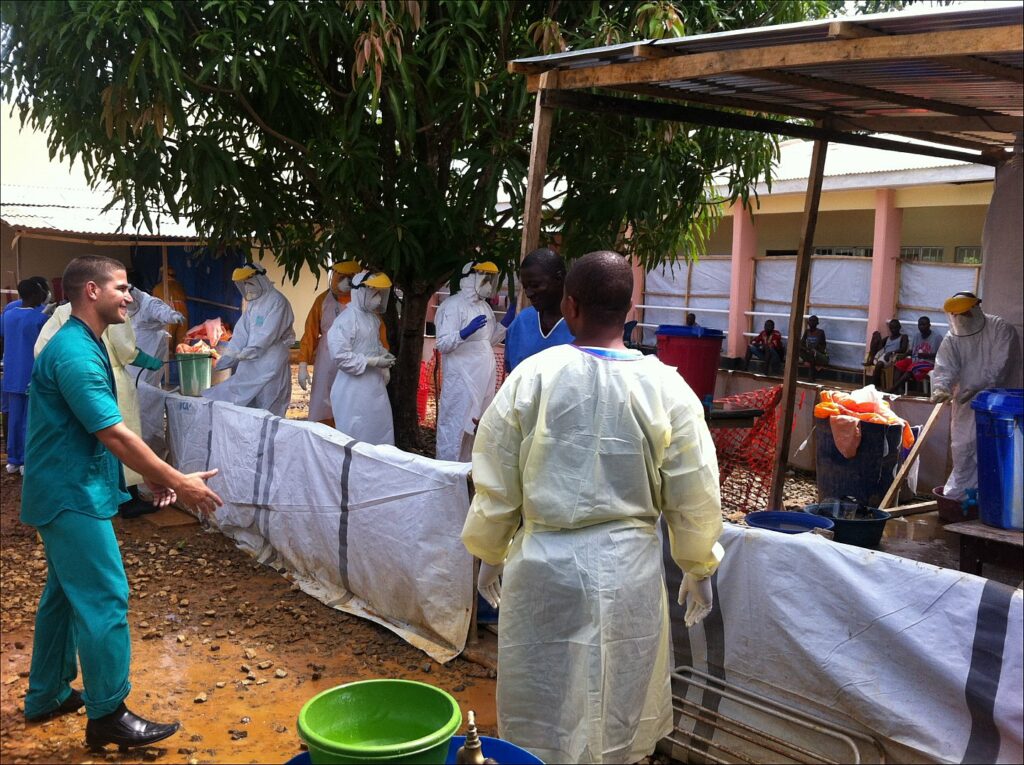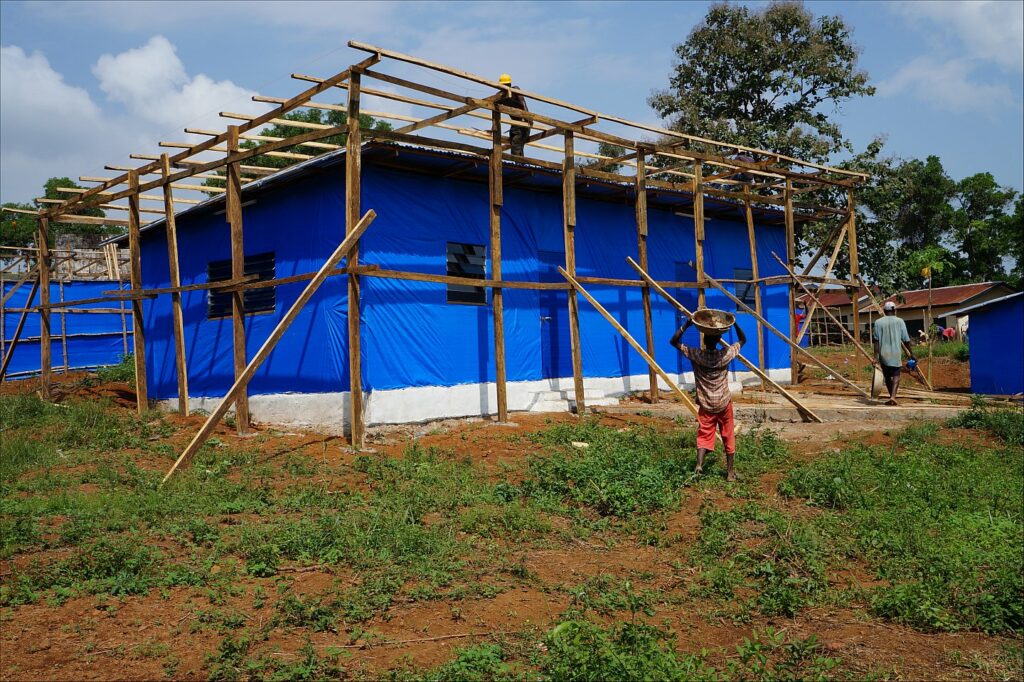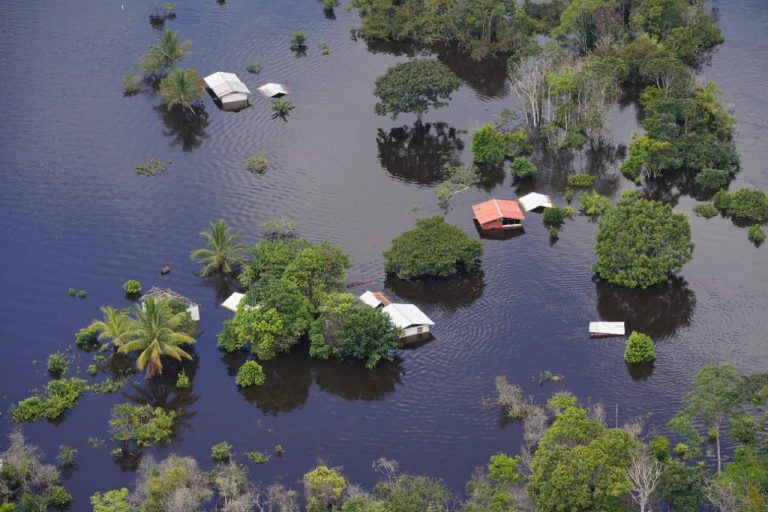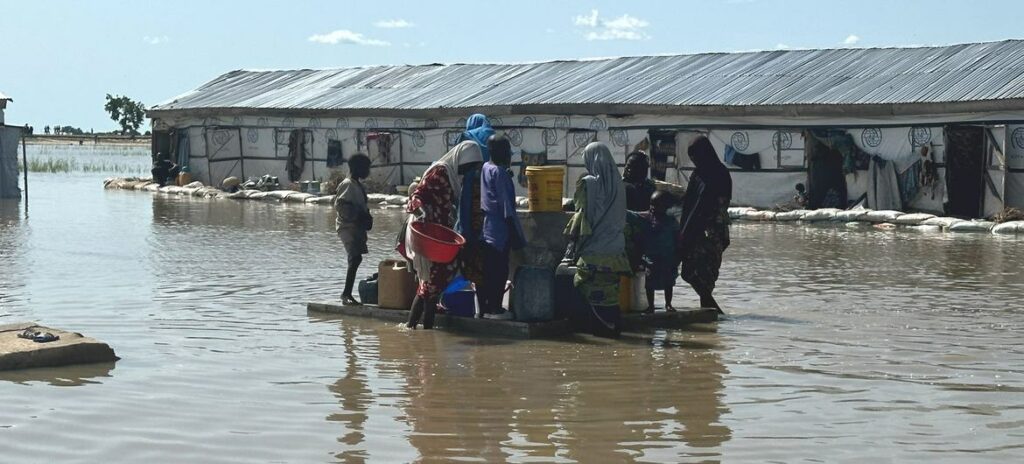According to the World Health Organization (WHO), more than 9,200 confirmed, probable, and suspected cases of Ebola Virus Disease (EVD) were reported across seven countries by mid-October 2014. These countries included Guinea, Liberia, Nigeria, Senegal, Sierra Leone, Spain, and the United States, with the death toll reaching 4,555 by October 19. To support efforts in combating the outbreak, the International Humanitarian Partnership (IHP) deployed two cargo aircraft from Stockholm and a team of support staff over the weekend of October 18-19.
At the request of WHO, IHP provided operational support in Liberia and Guinea, focusing on improving the safety and well-being of medical and humanitarian personnel. The deployment, led by experts from the Swedish Civil Contingencies Agency (MSB) and the Danish Emergency Management Agency (DEMA), aimed to enhance living and working conditions for aid teams in Monrovia and beyond.




The IHP response in Liberia adopted a two-pronged approach. First, it improved living conditions by providing prefabricated housing, logistics support, a small infirmary for minor injuries, and two isolation cells for suspected Ebola cases. Second, it enhanced working conditions at five Ebola Treatment Units (ETUs) through the establishment of waiting areas, dressing rooms, and offices, ensuring safer and more effective environments for medical staff.
The IHP team, led by Jesper Folkesson (MSB), began implementation immediately upon arrival, thanks to thorough preparations, including pre-deployment training. Folkesson emphasized the mission’s objective: “Our task is to ensure that medical teams in Liberia have the best possible conditions to provide effective care.”
Cover Photo Credit: UNMIL/Staton Winter



